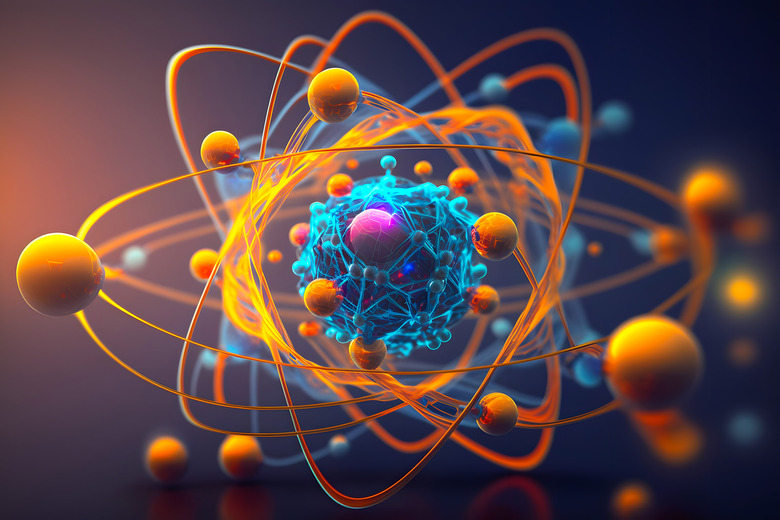'Impossible' Particles May Actually Be Real, According To These Findings
For decades, scientists have explored the enigmatic world of fundamental particles, uncovering the building blocks of our universe. But what if some of these particles, once deemed impossible, actually exist? Known by some as "impossible particles," a new study has revived interest in their potential existence, sparking excitement and skepticism in equal measure.
At the heart of this are paraparticles, a theoretical group of particles introduced in the 1950s by British physicist Herbert Green. Unlike the familiar fermions (like electrons) and bosons (photons), paraparticles follow a different set of quantum rules.
Green's theory, known as parastatistics, suggested that these particles could exist in states somewhere between the behaviors of fermions and bosons. For instance, they might allow only a limited number of particles to occupy the same quantum state, a striking departure from the infinite occupancy of bosons or the strict separation of fermions. However, many believed that these were impossible particles.
As such, despite its intriguing implications, the theory was dismissed for decades, with many physicists believing that paraparticles wouldn't produce effects distinguishable from those of fermions or bosons, rendering them irrelevant to physical reality.
However, researchers at Rice University have now breathed new life into the idea. Their new study presents a stricter mathematical framework for paraparticles, showing that these "impossible particles" might emerge as detectable phenomena in specific quantum systems.
One important limitation, though, is that current research confines these particles to one or two dimensions, though nothing in the math rules out their existence in three dimensions. Moreover, the paraparticles the researchers describe are quasiparticles—vibrations acting like particles—rather than the fundamental entities like electrons or photons.
Of course, skeptics argue that detecting these particles would require quantum mechanics far beyond our current capabilities. However, history shows that scientific theories initially dismissed as impractical can eventually transform our understanding of the universe.
